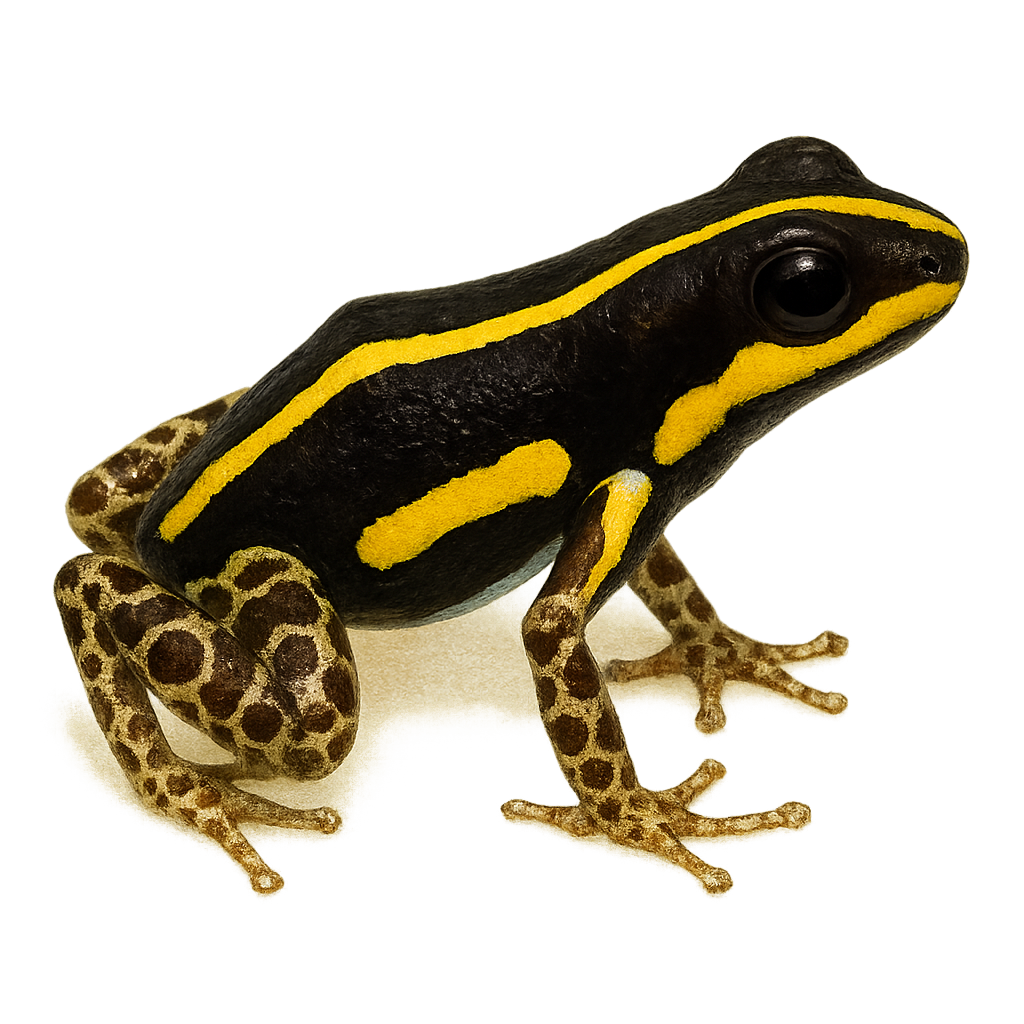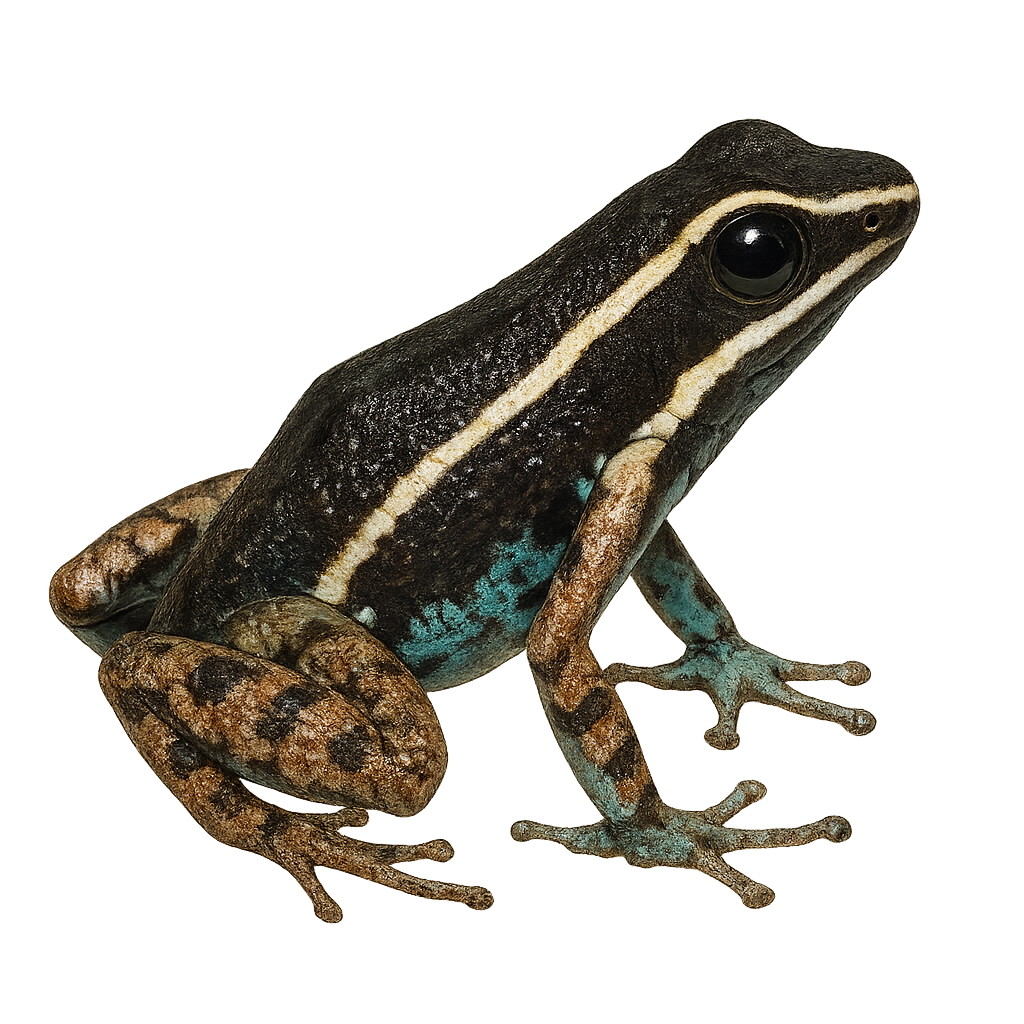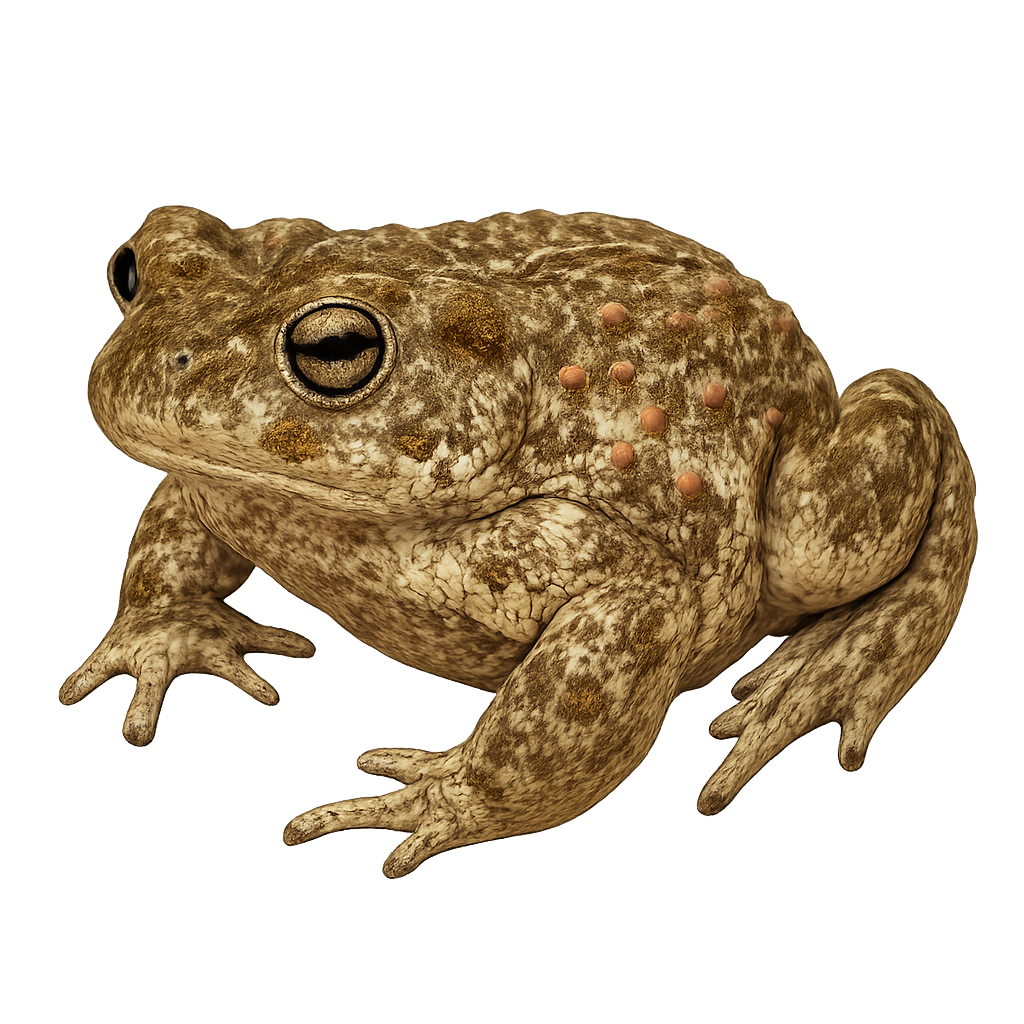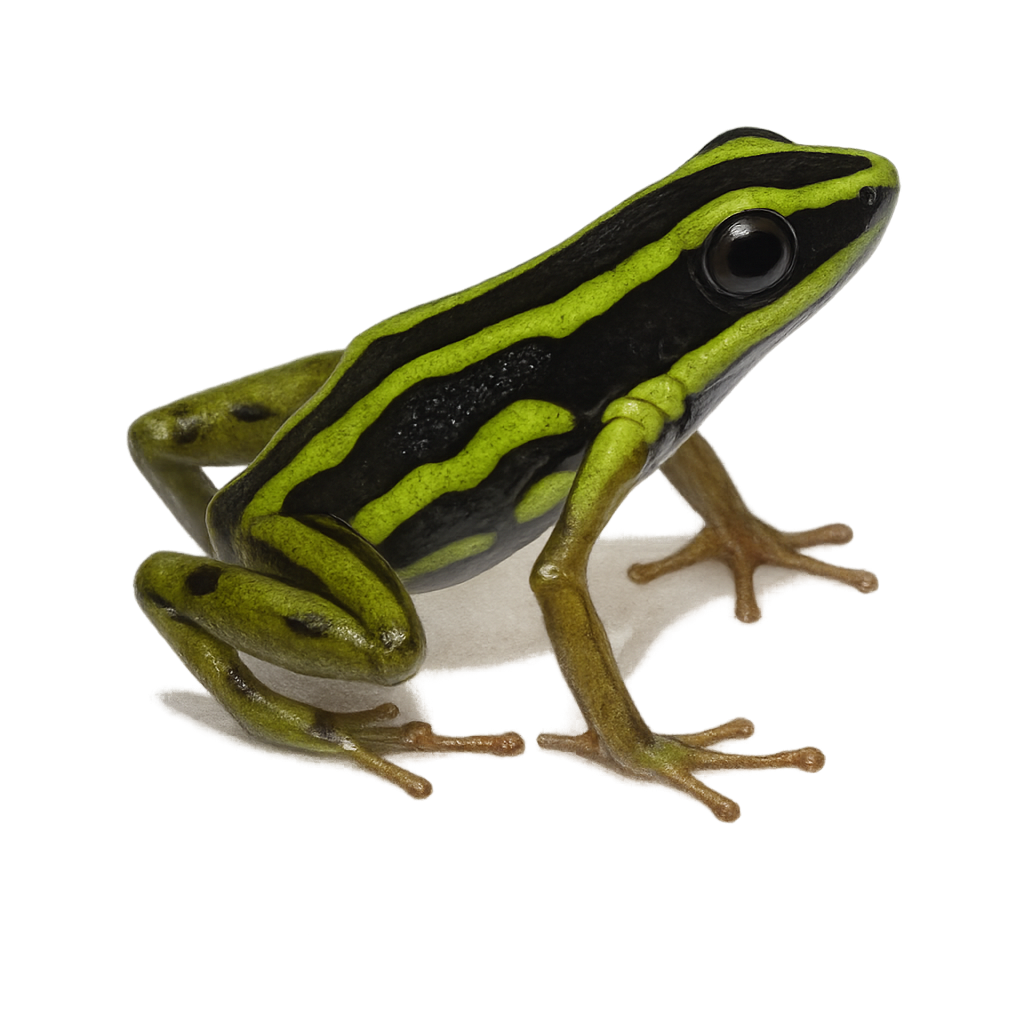Your wildlife tracking tool..
Browse 2,846species by country, track observations, and plan your photo outings.
Your global reference for wildlife photography
WildlifePhotographer gives you access to over 2,846 wildlife species sheets to help you identify, understand, and photograph wildlife around the world. Mammals, birds, reptiles… each sheet provides key information: habitat, activity, life cycle, signs of presence, and tailored photo tips.
Our database grows every week with new iconic species. To go further, access maps, reminders, logs, and personalized statistics in the app — designed to meet the real needs of wildlife photographers in the field.
Yellow-striped Poison Frog
Ranitomeya flavovittata
Ranitomeya flavovittata is a small, brightly colored frog native to the rainforests of South America, primarily in Peru. It is known for its distinctive yellow stripes on a black background, making it easily recognizable. This species belongs to the Dendrobatidae family, known for its poisonous frogs. Although modest in size, typically between 1.5 and 2 cm, it plays a crucial role in the ecosystem as an insect predator. It prefers humid habitats, often near water bodies, and is primarily active during the day. Its skin secretes toxic alkaloids, an effective defense against predators. However, in captivity, it loses this toxicity due to the absence of its natural diet.
Yellow-banded Poison Dart Frog
Dendrobates leucomelas
The Yellow-banded Poison Dart Frog, or Dendrobates leucomelas, is a small, vividly colored frog native to the humid tropical forests of Venezuela, Guyana, and Brazil. It is easily recognizable by its bright yellow bands contrasting with its black body. This coloration serves as a warning to potential predators of its toxicity. Measuring about 3 to 4 cm in length, this species is diurnal and primarily feeds on small insects. It plays a crucial role in the ecosystem by regulating insect populations. Although its skin is toxic, it is prized by terrarium enthusiasts for its striking colors and fascinating behavior.
Yurimaguas poison frog
Ameerega hahneli
The Yurimaguas poison frog, Ameerega hahneli, is a small, brightly colored frog species belonging to the Dendrobatidae family. It is primarily found in the humid tropical forests of the Amazon, notably in Peru, Colombia, and Brazil. This frog is known for its vivid colors, which serve as a warning to potential predators of its toxicity. It typically measures between 20 and 25 mm in length. Ameerega hahneli are diurnal and spend most of their time foraging for food, mainly insects. They are also known for their distinctive call, used to attract mates and mark their territory. Although their population is stable, they are threatened by deforestation and habitat loss.
Yellow-bellied toad
Bombina variegata
The yellow-bellied toad is a small amphibian 30–40 mm long, with olive-brown dorsal coloration and bright yellow belly mottled with black. It inhabits temporary shallow wetlands at forest edges and meadows, feeding on insects, spiders and worms. During breeding, males emit high-pitched calls near shallow pools and females lay clusters of eggs on aquatic vegetation.
Yellow‑bellied poison frog
Andinobates fulguritus
The Yellow‑bellied poison frog, Andinobates fulguritus, is a small, brightly colored frog native to the humid tropical forests of Colombia. Known for its striking yellow and black patterns, its skin serves as a warning to potential predators due to its toxicity. This diurnal species spends most of its time foraging for small insects and arthropods. It prefers humid, shaded habitats, often near streams. Despite its small size, it plays a crucial role in the ecosystem by regulating insect populations. Reproduction typically occurs during the rainy season, with males calling to attract females.






